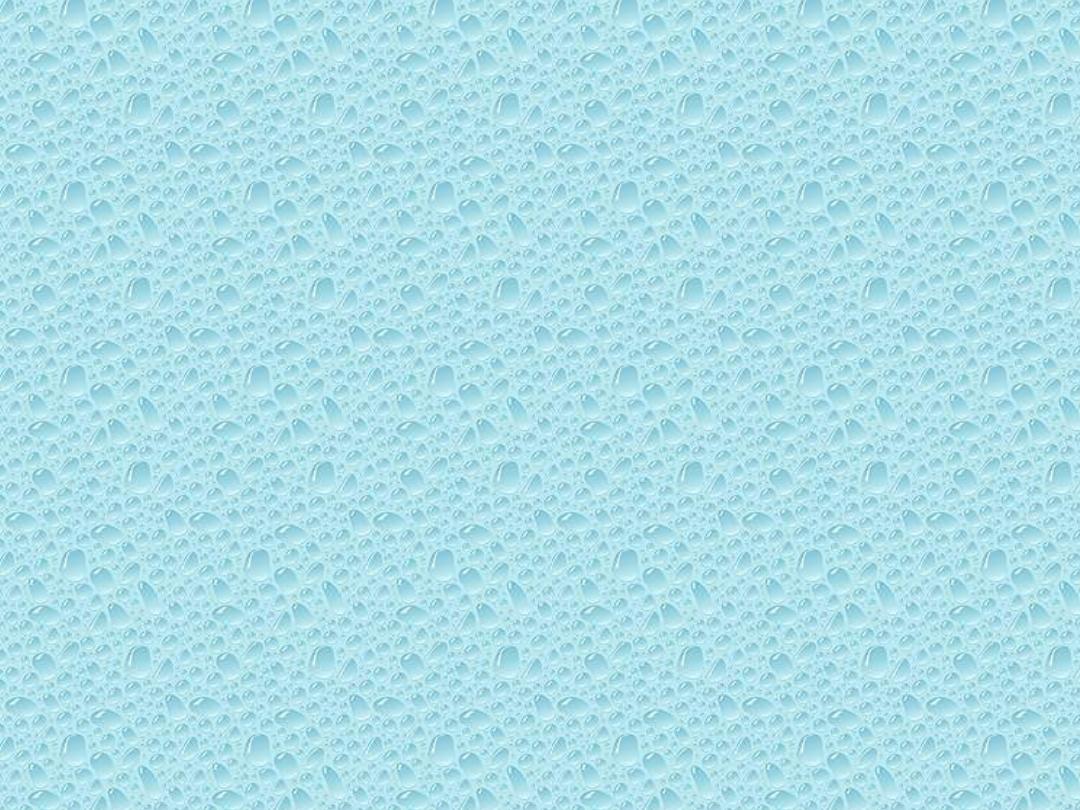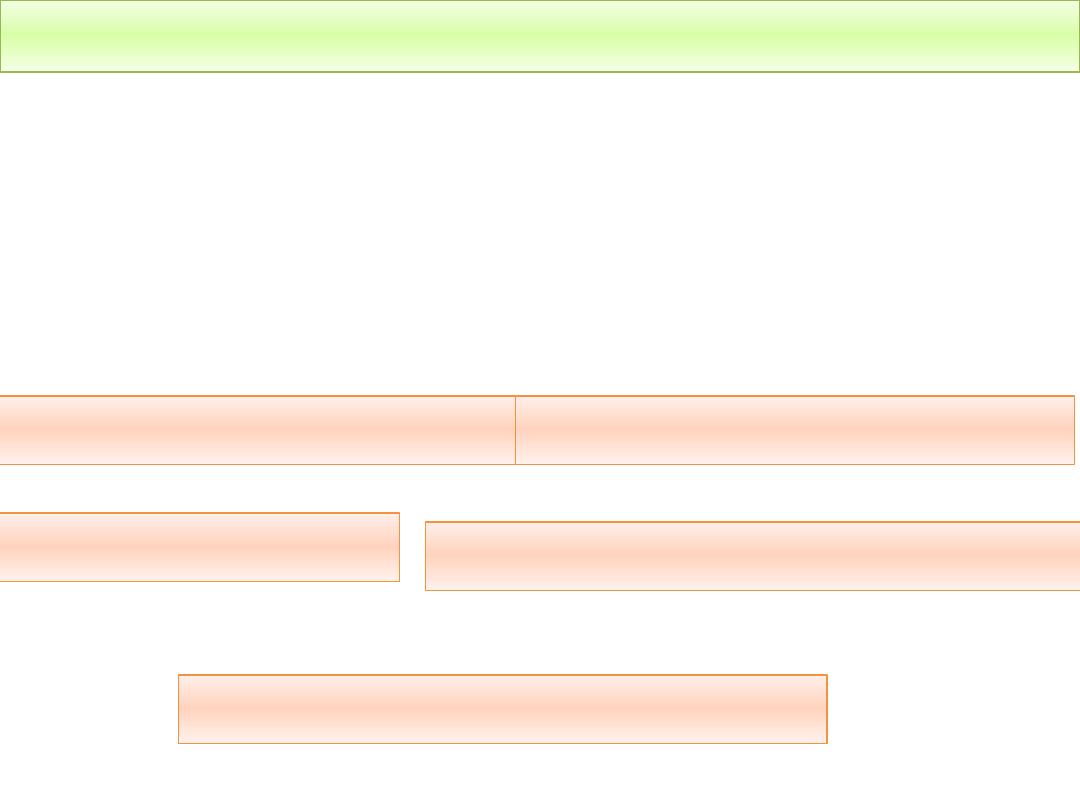
Diarrhea
TUCOM
Internal Medicine
3rd year - 2013
Dr. Hasan. I. Sultan

Learning objectives
1. Define diarrhea and acute versus chronic diarrhea
2. Outline the causes of acute diarrhea
3. List the indications for evaluation and
investigations of patients with acute diarrhea
4. Review the treatment of acute diarrhea
5. List the types of chronic diarrhea according to
pathophysiologic mechanism
6. Identify characteristics and causes of each type of
chronic diarrhea
7. Review the important points in the history and
examination during assessment patients with
chronic diarrhea
8. Outline the investigations of chronic diarrhea
9. Review the treatment of chronic diarrhea
10.List the causes of bloody diarrhea

Diarrhea
Diarrhea is both a symptom and a sign.
As a
symptom
, defined as a decrease in
stool consistency (increase fluidity)
and an increase in stool frequency and
volume.
As a
sign
, defined as a stool weight (i.e.,
water content) that exceeds 200 g in
24 hours.
Diarrhea may be further defined as
Acute
if <2 weeks
Persistent
if 2–4 weeks
Chronic
if >4 weeks in duration.

Normal Physiology
About 8 to 9 L of fluid enter the small
intestines daily (from dietary intake,
salivary, gastric, pancreatic, biliary,
and intestinal secretions).
The small intestine absorbs most of this
fluid so that only 1 to 1.5 L pass into
the colon.
In the colon, further water salvage
results in a final stool output of only
100 to 200 mL per day.
Normal stool frequency ranges from
three times a week to three times a
day.

Acute Diarrhea
90% of cases caused by infectious agents
10% caused by medications, toxic ingestions, ischemia,
and other conditions.
Infectious Agents
are acquired by fecal-oral transmission. High-risk groups
are:
1- Travelers;
so-called traveler's diarrhea; Escherichia
coli, Campylobacter, Shigella, and Salmonella.
2- Water (including foods washed in such water)
Vibrio
cholerae, Norwalk virus
3- Consumers of certain foods;
o Salmonella, Campylobacter, or Shigella from chicken
o Enterohemorrhagic E. coli (O157:H7) from
undercooked hamburger
o Bacillus cereus from reheated food (rice)

o Staphylococcus aureus or Salmonella from
mayonnaise or creams
o Salmonella from eggs
4- Immunodeficient persons;
Primary immunodeficiency (e.g., IgA deficiency,
hypogammaglobulinemia)
Secondary immunodeficiency (e.g., AIDS,
pharmacologic suppression) --- Opportunistic
infections, Mycobacterium species, certain
viruses (cytomegalovirus) and protozoa
(Cryptosporidium)
5- Daycare attendees and their family members;
Infections with Shigella, Giardia,
Cryptosporidium, rotavirus
6- Hospitalized persons;
most commonly C.
difficile.

Other Causes
• Drugs;
e.g. antibiotics, cardiac
antidysrhythmics,
antihypertensives, nonsteroidal
anti-inflammatory drugs (NSAIDs)
• Ischemic colitis;
typically occurs in
persons >50 years
• Toxins;
e.g. organophosphate
insecticides

Approach to the patient with
acute diarrhea
Most episodes of acute diarrhea are mild
and self-limited.
Indications for evaluation include;
1. Profuse diarrhea with dehydration
2. Grossly bloody stools
3. Fever 38.5°C
4. Duration >48 h without improvement
5. Recent antibiotic use
6. New community outbreaks
7. Associated severe abdominal pain in
patients >50 years
8. Elderly (70 years)
9. Immunocompromised patients

Investigations
Microbiologic analysis of the stool,
includes;
1. Direct inspection for ova and
parasites
2. Cultures for bacterial and viral
pathogens
3. Immunoassays for certain bacterial
toxins (C. difficile), viral antigens
(rotavirus), and protozoal antigens
(Giardia, E. histolytica).
.
If stool studies are unrevealing:
.
Sigmoidoscopy with biopsies
.
Upper endoscopy with duodenal
aspirates and biopsies.

Treatment of acute diarrhea
1- Fluid and electrolyte replacement are of central
importance to all forms of acute diarrhea
Oral sugar-electrolyte solutions should be instituted
promptly to limit dehydration.
IV rehydration required in profoundly dehydrated
patients, especially infants and the elderly.
2- In moderately severe nonfebrile and nonbloody
diarrhea, antimotility agents such as loperamide can
be useful to control symptoms
3- Empirical Antibiotic treatment using;
A quinolone, such as ciprofloxacin (500 mg bid for
3–5 d) for febrile dysentery.
Suspected giardiasis with metronidazole (250 mg
qid for 7 d).

Chronic diarrhea
Diarrhea lasting >4 weeks
In contrast to acute diarrhea, most of the causes of
chronic diarrhea are noninfectious.
• Major types of chronic diarrhea according to
predominant pathophysiologic mechanisms are:
1- Secretory diarrhea 2- Osmotic diarrhea
3- Steatorrhea 4- Inflammatory diarrhea
5- Dysmotility diarrhea

Secretory diarrhea
Secretory diarrhea is caused by increased
secretion and/or decreased absorption of fluid
and electrolyte across the enterocolonic
mucosa.
• Characterized clinically by watery,
large-volume diarrhea
• Typically painless
• Persist with fasting
Causes
1. Enterotoxigenic E. coli
2. Vasoactive intestinal peptide-secreting tumor
or Villous adenoma
3. Bile salt enteropathy
4. Stimulant laxatives (senna, cascara,
bisacodyl, ricinoleic acid (castor oil))

Osmotic diarrhea
Osmotic diarrhea occurs when ingested, poorly
absorbable, osmotically active solutes draw
enough fluid into the lumen to exceed the
reabsorptive capacity of the colon.
• Watery diarrhea
• Characteristically ceases with fasting or with
discontinuation of the causative agent
Causes
1. Osmotic laxatives; magnesium-containing
antacids or nonabsorbable carbohydrates
(sorbitol, lactulose)
2. Lactase deficiency

Steatorrhea
Steatorrhea (Fat malabsorption);
Bulky, oily, pale and offensive stools
which float in the toilet. Often
associated with weight loss and
nutritional deficiencies due to
concomitant malabsorption of amino
acids and vitamins.
Causes
1. Celiac disease
2. Pancreatic exocrine insufficiency
3. Bacterial overgrowth
4. Postmucosal lymphatic obstruction

Inflammatory diarrhea
Inflammatory diarrhea Characterized
by abdominal pain, fever, blood and
mucus in the stool due to damage to
the intestinal mucosa.
Causes
• Inflammatory bowel disease (IBD)
(Crohn's and ulcerative colitis)
• Infections (invasive bacteria,
viruses, and parasites)
• Radiation colitis

Dysmotility diarrhea
Due to rapid transit of stool through
intestine
Causes
1. Irritable bowel syndrome (diarrhea
stopped at night, alternate with
periods of constipation,
accompanied by abdominal pain
relieved with defecation, no
weight loss)
2. Diabetic autonomic neuropathy
3. Hyperthyroidism
4. Drugs (prokinetic agents)

Approach to the patient with chronic diarrhea
History
o Onset
o Duration
o Pattern
o Aggravating (especially diet) and relieving
factors
o Stool characteristics of diarrhea
o The presence or absence of fever, weight loss,
pain
o Certain exposures (travel, medications,
contacts with diarrhea)
o Common extraintestinal manifestations (skin
changes, arthralgias, oral aphthous ulcers)
o A family history of IBD

Physical examination
1. Are there general features to suggest malabsorption
or inflammatory bowel disease (IBD) such as anemia,
dermatitis herpetiformis, edema, or clubbing?
2. Are there features to suggest underlying autonomic
neuropathy in the pupils, orthostatic hypotension,
skin, hands, or joints?
3. Is there an abdominal mass or tenderness?
4. Are there any abnormalities of rectal mucosa or rectal
defects?
5. Are there any mucocutaneous manifestations of
systemic disease such as dermatitis herpetiformis
(celiac disease), erythema nodosum (ulcerative
colitis), or oral ulcers for IBD or celiac disease?

Investigations
General
o Peripheral blood leukocytosis, elevated
sedimentation rate, or C-reactive protein
suggests inflammation
o Anemia reflects blood loss or nutritional
deficiencies
o Eosinophilia may occur with parasitoses,
neoplasia or allergy
o Blood chemistries may demonstrate
electrolyte, hepatic, or other metabolic
disturbances
o Measuring tissue transglutaminase
antibodies may help detect celiac disease

Microbiologic studies including:
• Inspection for ova and parasites
• Fecal bacterial cultures
• Small-bowel bacterial overgrowth can be excluded by
intestinal aspirates with quantitative cultures
Upper endoscopy and colonoscopy with biopsies and
small-bowel barium x-rays
are helpful to rule out
structural or occult inflammatory disease
Lactose malabsorption
can be confirmed by lactose
breath testing, low fecal pH or by a therapeutic trial
with lactose exclusion
If pancreatic disease
is suspected, pancreatic exocrine
function assessment is essential
Screens for peptide hormones
should be done when the
history suggestive (e.g., serum gastrin, VIP, calcitonin,
and thyroid hormone/thyroid-stimulating hormone).

Treatment of chronic diarrhea
1- Treatment of the underlying causes
• Antibiotic administration for infective diarrhea
• Discontinuation of a drugs that cause diarrhea
• Glucocorticoids for IBD
• Elimination of dietary lactose for lactase
deficiency or gluten for celiac disease
• Adsorptive agents such as cholestyramine for
ileal bile acid malabsorption
• Resection of a colorectal cancer
2- Symptomatic treatment;
Antimotility agents
such as diphenoxylate, loperamide or codein
3- Fluid and electrolytes replacement
are important
for all patients
4- Replacement of fat-soluble vitamins
may also be
necessary in patients with chronic steatorrhea.

Causes of bloody diarrhoea
Infectious
1. Campylobacter spp.
2. Shigella dysentery
3. Non-typhoidal salmonellae
4. Enterohaemorrhagic E. coli
5. Entero-invasive E. coli
6. Clostridium difficile
7. Vibro parahaemolyticus
8. Entamoeba histolytica
(amoebic dysentery)
Non-infectious
1. Inflammatory
bowel disease
2. Diverticular
disease
3. Rectal or
colonic
malignancy
4. Ischaemic
colitis

Thank you
